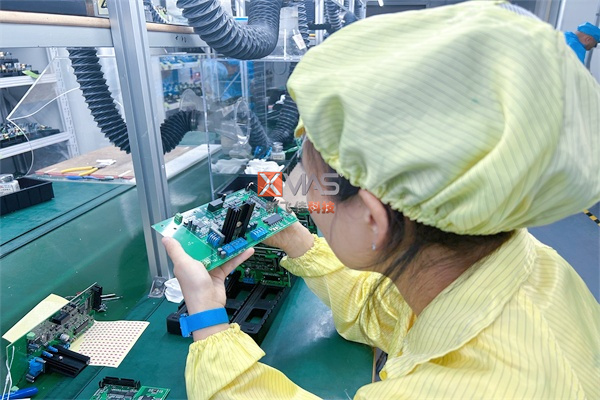In today's high-tech electronic product world, BGA packaged devices have become a part of PCBA boards (printed circuit boards). These small chips are connected together with countless solder balls and PCB circuit board pads to ensure the normal operation of electronic products, making them high-quality PCBA boards. The quality of BGA welding directly affects the performance of the entire PCBA board.
So, how do we accurately control the quality of BGA welding during the SMT process? How can the subsequent inspection identify potential issues and handle them appropriately?
BGA soldering is different from traditional J-pin packaging devices in that the solder balls are hidden under the chip, making it difficult to directly observe and judge the soldering quality with the naked eye. Therefore, we need to use professional tools for testing. However, not everyone knows this kind of detection, and the price of X-ray detection equipment is often staggering.
Shenzhen SMT SMT Chip Processing Factory
Firstly, in the absence of professional testing equipment, we can try to visually observe the outer ring of the BGA chip and check if the solder joints collapse uniformly in one direction. If possible, carefully inspect the area where BGA is directly exposed to light. At this time, each column is a row of solder balls, and the welding situation can be roughly judged through light transmission. But this method is obviously not precise enough and cannot be fully trusted.
To determine the quality of internal solder joints more clearly, a device called X-ray can be used. X-ray is a CT scanning technique that allows for direct observation of various internal solder balls through the outer shell of the BGA chip. Based on the comparison between the original design data image and the user set parameter image, we can determine whether the welding is qualified. The advantage of this method is that it can not only detect BGA soldering, but also detect all encapsulated solder joints on the PCB circuit board, achieving one machine with multiple uses. But its drawbacks are also very obvious: firstly, it has high radiation and is not friendly to long-term operators; 2、 The equipment price is too expensive.
Even at high prices, Shenzhen SMT processing factory Xinfeijia Technology actively equips such equipment, with the aim of producing products that can better inspect product problems, take timely remedial measures, and ensure that customers can use the products with peace of mind.
Overall, configuring the corresponding detection equipment X-ray is also to better improve welding quality and pass through rate. Although there are still some shortcomings between them, this is an inevitable trend in technological development. Only in this way can we better ensure the quality and performance of the electronic products we produce.


